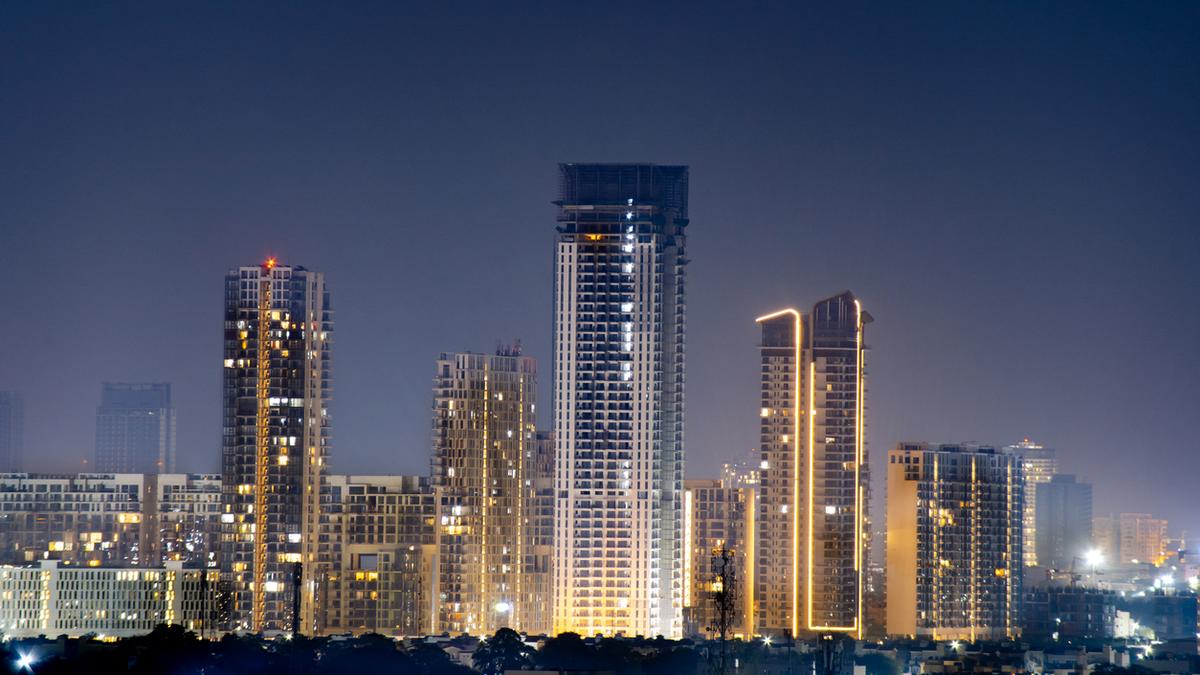Redevelopment is not viewed as an isolated activity in metros or even tier-II cities.
| Photo Credit: Getty Images/iStockphoto
India’s largest cities are entering a new phase of urban development. Indians today don’t live as they did five decades ago. Their need for spaces to live, work, and for leisure have changed. As thousands of old, dilapidated structures age due to decades of wear and tear, redevelopment is becoming the most efficient option.
This is critical not only to improve housing but also for developing urban infrastructure, increasing the number of housing units available, making more efficient use of urban land, and decongesting roads and other urban infrastructure.
Redevelopment is not viewed as an isolated activity in metros or even tier-II cities. It has now become an integral element of urban planning, driven by policy incentives as well as housing demand and the need for practicality.
With limited land available for greenfield development, especially in urban cores, the only way to create new, efficient spaces is to redevelop existing structures. This is being driven by an evolving urban lifestyle, changing family structures, and rising expectations for quality living.
Residents today seek larger, safer, and more amenitised homes. More often than not, the demand is to be in the same central neighbourhoods they’ve always lived in. As a result, redevelopment is becoming the only practical way to meet this demand while retaining locational advantage.
Policy reform
Mumbai, as an island city, faces a unique constraint, which is land scarcity. Policy shifts have accelerated this trend. Under DCPR 2034, the consent requirement among society members has been reduced from 70% to 51%, enabling faster project approvals. Developers also benefit from additional FSI and premium waivers, improving project viability. As a result, the Mumbai Metropolitan Region has seen over 55,000 redevelopment proposals, particularly in suburbs like Ghatkopar, Chembur, Andheri, and Borivali.
In Delhi, while many government colonies like Sarojini Nagar and Netaji Nagar are being transformed through planned redevelopment, there’s a gap when it comes to private redevelopment of older residential zones.
The city’s draft Master Plan for 2041 and the Land Pooling Policy (LPP) may bring greater clarity, but a dedicated framework for private redevelopment — similar to Mumbai’s — would strengthen the capital’s ability to modernise its urban core.
In cities like Indore, Lucknow, Nagpur, and Ahmedabad, rising land values, improved public transport, and infrastructure like metro lines and flyovers are encouraging the redevelopment of structurally weak or informal settlements.
A balancing act
While the opportunity is immense, redevelopment comes with its set of challenges. Title flaws, unpaid government dues, legacy tax issues, and insufficient documentation with housing society registrars are common bottlenecks.
Aligning interests among society members and developers can also be time-consuming, especially with issues around area allotments and rent compensation.
India’s redevelopment story is no longer peripheral. It presents a tangible, scalable solution to the country’s twin challenges of urban housing and infrastructure renewal.
The writer is founder and managing partner, Mt. K Kapital.
Published – September 12, 2025 05:29 pm IST






